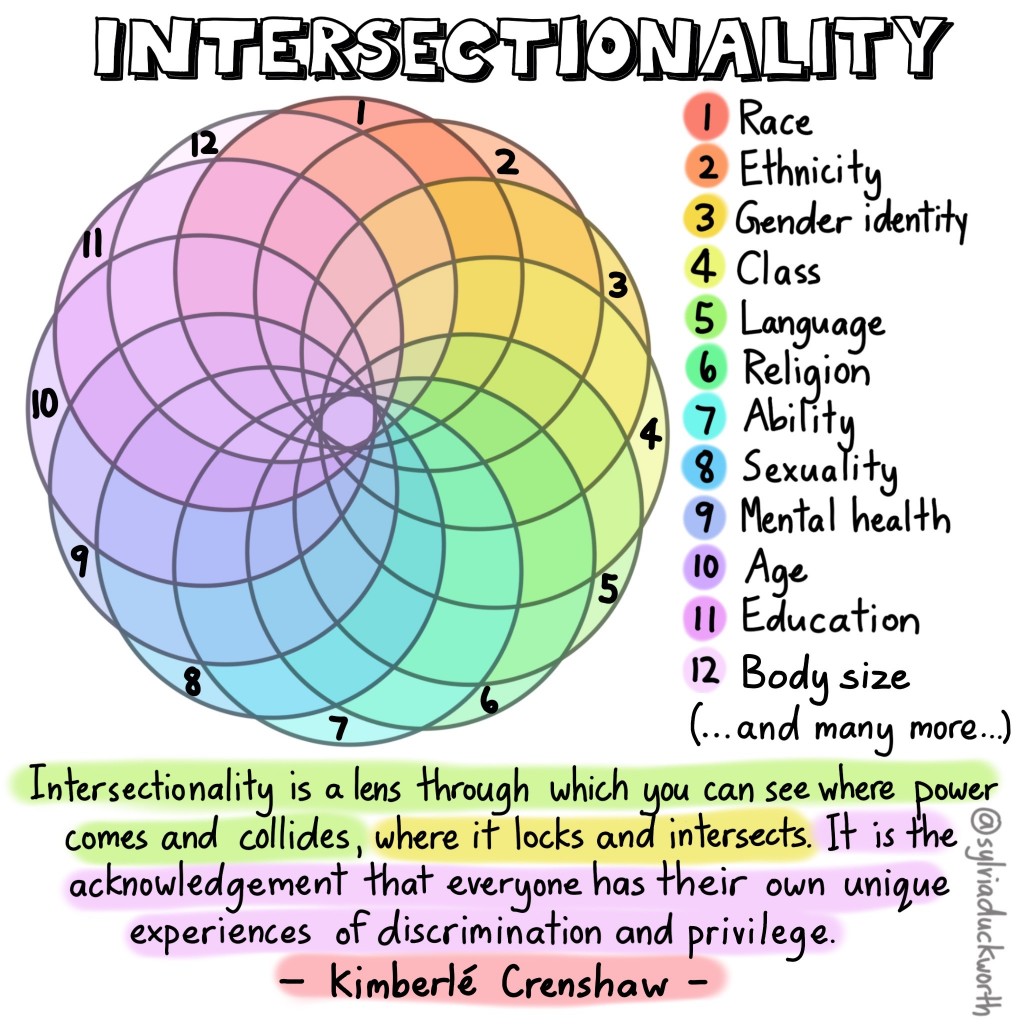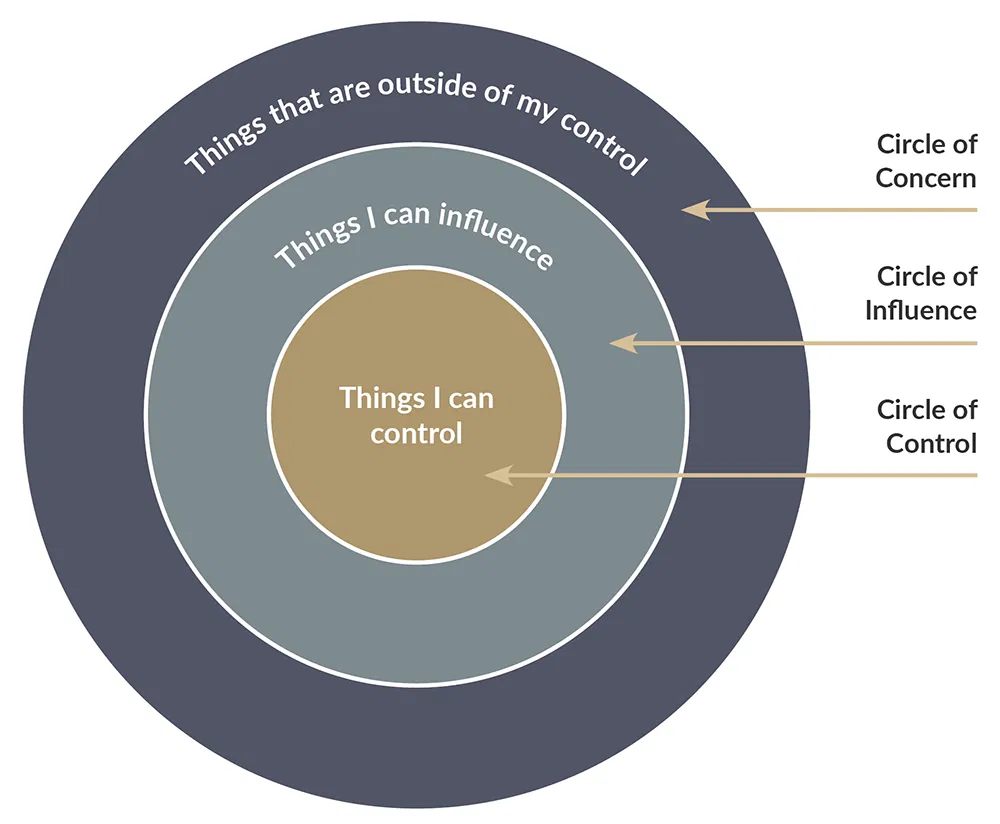This election has been contentious and difficult to witness. The results have led to feelings of unease at best, and mental health crisis at worst. Many of us therapists are now inundated with clients looking for help in managing significant emotions.
This is meant to be a guide for wellness professionals on how best to support your clients after disappointing election results. This is a companion to the infographic we released last week called “Navigating Politics with Clients“. The infographic focuses more on how to navigate political topics with clients and less about how to support them after the results came in.
Table of Contents
- Take care of yourself
- Remember the intersectionality of identity
- Recognize the full breadth of the feelings (community, self, family)
- Find safety
- Manage anxiety
- Circles of Control
- Help them take action
Take care of yourself
This is the first tactic for supporting your clients through election frustrations because if you aren’t taking good care of yourself, you can’t be expected to care for others. A good self-care routine is important year-round. However, now is a perfect time to be in tune with your own needs as a person.
You may be experiencing your own distress related to the election and it’s just as important to honor that experience and tend to your own wellbeing. In addition to self-care, it is an excellent opportunity to seek supervision – whether it’s peer supervision or otherwise. There’s never a bad time for consultation!
By the way, you have your own therapist…. right?
Remember the intersectionality of identity
Every client is unique – this has always been true. But when it comes to political beliefs, identity, and feelings of political safety, this is especially true. Regardless of how you feel about the 2024 election, it will not be the same as your client.
In order to best support your clients through election disapointment, it is important to remember that they may be experiencing a very different version of reality than you are. This is due to their varied identities. While you may share race, ethnicity, gender identity, etc. – the results may be affecting them in a very different way because they hold identities that you don’t share.
Remember: many identities are not visible. What’s more, some identities can be easily mistaken or assumed incorrectly. (for example, not everyone presents consistent with their identity)

Recognize the full breadth of the concern
Some clients will be struggling with the potential risks to themselves as a result of a new political paradigm. I’m talking about the people who are explicitly targeted by the incoming administration. These people are prepping to experience actual and direct persecution. Therefore, their struggle is a very real threat to their safety.
However, even if this is not the case, there are several other important considerations.
Even if your client doesn’t hold one of the identities that has explicitly been targeted by the new administration, they could be later. And the fear of this represents a measurable trauma.
First they came for the Communists
And I did not speak out
Because I was not a Communist
Then they came for the Socialists
And I did not speak out
Because I was not a Socialist
Then they came for the trade unionists
And I did not speak out
Because I was not a trade unionist
Then they came for the Jews
And I did not speak out
Because I was not a Jew
Then they came for me
And there was no one left
To speak out for mePastor Martin Niemöller
Your client may not be worried for their own immediate safety. However, a fear for the safety of loved ones also produces a measurable adverse effect. According to The UK Council on Trauma, Complex Trauma may include “abuse, neglect, interpersonal violence, community violence, racism, discrimination, and war.”
Fear for one’s community, as well as the witnessing of discrimination and racism, can lead to C-PTSD.
Help your client find safety
In times of distress, it is necessary to be able to return to safety. This is a key protective factor during experiences of trauma. The ability to find safety can be incredibly impactful in terms of mitigating the long term effects of the traumatic experience.
Therefore, one concrete thing you can do to help your clients is to help them identify the place(s) in which they feel safe and secure. This might be their home, a friend’s home, with a family member, etc. This may seem small, but it can have a huge impact.
Help them manage anxiety
You may be doing this on a regular basis with clients. But fears and distress related to the election can be addressed like traditional anxiety. While validating their concerns, it can be helpful to provide some psychoeducation around anxiety. Explaining that worries and stress are normal human reactions but that anxiety is typically the manifestation of those stresses in a future or past-based line of thinking.
For example, the threats presented to some groups of people as a result of the incoming government are real. However, today, that threat can be considered hypothetical or even incoming – but not present. Help the client focus on what is happening in the present, instead of what could happen in the future.
I can’t stress enough the importance of not invalidating the client with this technique. Your goal is to validate that the concern or fear may or may not come to fruition, but what is within their control today is a much more limited scope. Which brings us to control…
Utilize the Circles of Control
As is the case with any stressor or anxiety, it can be helpful to examine what components fall within the realm of things that can be controlled. The Circles of Control is a DBT-based tool that can be a powerful visual for people who are struggling with persistent anxious thoughts.
Help clients by exploring various fears, thoughts, or predictions in the context of the Circles of Control. What can they actually control vs. influence? And what things are completely out of their control? Some things they worry about will inevitably fall into the category of things they have absolutely no control over and thus, cannot impact, no matter how much they worry. But that doesn’t mean they’re entirely helpless…

Help them take action
Just because many things – especially national issues – are well outside their circle of control or influence, doesn’t mean change can’t be realized. In the coming weeks, there is an opportunity to help people turn feelings of helplessness into feelings of empowerment.
So you can’t control or change the outcome of the election, the quality of candidates, or the makeup of the supreme court. But you can influence the impact of your local family medical clinic, your school’s curriculum, or the community’s perception of immigrants. These are all important issues that can be influenced or changed with the dedication of a few passionate people.
Text you want to add goes here
